Company news


4 min


Digital education has become more important than ever in 2020 and beyond. As the world continues to navigate through the COVID-19 pandemic, schools and universities have had to shift to online learning to ensure the safety of students and faculty. This has accelerated the adoption of technology in education and changed the way we learn. In this article, we will explore the current state of digital education and what the future may hold for it.
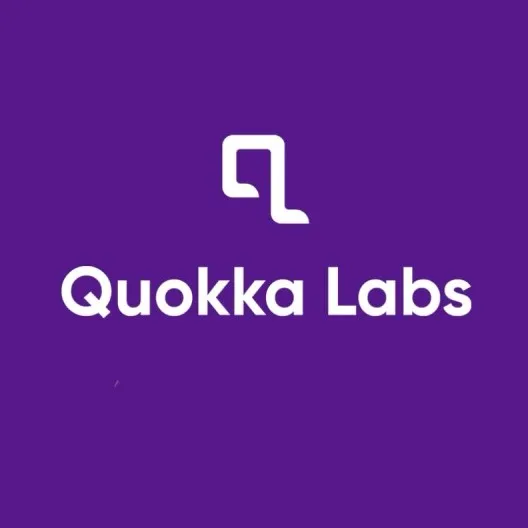
By Quokkalabs LLP
03 Jun, 2020
Redundancy in the learning process will creep in if we cannot support the growing learning population with helpful resources empirically and economically. It shows that traditional Teaching has reached an impasse as orthodox classroom learning can neither support distance engagement nor a 30 yr. older man yearning to work and learn simultaneously.
A large Student: Teacher ratio naturally means that the teacher is overburdened, which mirrors the stagnant academic performance. The balance is even worse in remote areas: lack of support and infrastructure force reluctance among teachers to go there and hence remain backward.
The "All India Statistics on Higher Education" survey in 2018 stated that while student enrollment in universities increased from 32.3 million in 2013-14 to 36.6 million in 2017-18, the total number of teachers has declined from 13,67,535 to 12,84,755.
Globally, the total expenditure on education is about $4 trillion, of which more than 85% is estimated to be spent on brick-and-mortar only. There is a need to optimize the expenditure ratio to gear up academic performance to survive the rapid developments.
These factors necessitate an efficient paperless institute administration and academic organization in the form of a multi-tasking Digital Learning System as the service provider for module distribution, teaching assistance, and even managing homework remotely.
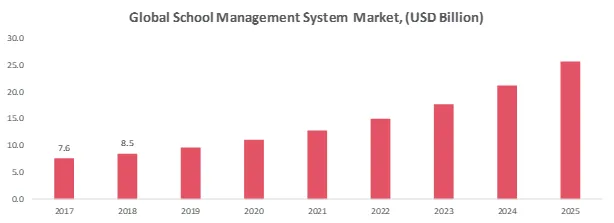
Growing Trend in the School Management System market, expected to hit USD 25 billion in 2025, growing at a CAGR of 17.7% during 2018-25 by Market Research Future.
Incubation of technology in the learning process by digitizing the infrastructure can become **the force multiplayer ** given the lack of infrastructure and growing learning population. This arena has already attracted many big league players like McGraw Hill Education, Oracle Corporation, Skolaro, Blackboard Inc., Capita SIMS, and many more.
The market share of the US and European segments is attributed to 2 major factors:
In the Asia-Pacific region, apart from significant advances made by China and Korea, the Indian market is estimated to grow higher, thanks to multiple digital education initiatives by the Government, along with a rapidly increasing learning population.
What is it like to have free access to learning courses from the world's leading colleges' faculty and professional practitioners? Validating skills to hiring agencies by certifications from Google, Amazon, IBM, and universities like Michigan, Harvard, Oxford, and many more.
This is what MOOC stands for a publicly shared platform with open-ended groups.
It can be the vaccine to the growing need for a more tangible course that any individual wants to master.
The University of Texas, El Paso, reports that more than 6 million Americans are taking online courses. Twenty-two percent of graduate students in the United States exclusively study online, compared to 11 percent of undergraduates. While these programs are not limited to students, the average age of users is 32 yrs.
MOOCs develop their profits by engaging larger learning communities in its course process. Once a student takes up the course, there is always a chance that they might want a certification to validate themselves and even take up additional paid course programs offered. The revenue generated is distributed among the platform, content developer, and instructor as per their contracts. Students even have the choice to audit their courses according to their objectives. Certifications offered are classified into Specialization, Professional, and even Master's Degree programs under their respective course curriculum.

In 2018, Class Central reported the earning of top firms in this industry:
Similarly, when an employee wants to learn and develop an aptitude for benefiting his career, deploying distance learning systems has been the way for some time now. With time, it is expected to be a necessity rather than a luxury.
Since we have become familiar with why the learning process needs to be more engaging and wider audience supportive, let's see its application circles.
The rigid course structure at the institution they are admitted to makes the education system defunct. However, time constraint rules out directly delivering extra information in the classroom. But, with customized e-learning, the teacher can access more comprehensive information, which they can provide efficiently to a greater audience.
By enabling automation in marking, digital issue tests, and tracking student progress with AI-powered analytics topics, chapter-wise, teachers can instruct better methods for their pupils to understand: Personalized Teaching is Achieved! Hence, by providing them with the know-how of this technology, the students will be in a better place to absorb a broader spectrum of knowledge.
Thus the distance metric becomes undefined when you let technology do the talking!

Popularly called Ed-Tech in the digital industry, which is expected to hit $252 billion in 2020, this space has been experiencing some solid booms. New-age startups are developing the following generation curriculum that is hardly available at universities, like blockchain, cryptocurrency, industry 4.0, robotics, AI, and many more.
Currently, trending categories in Ed-Tech startups are:
Focused on shifting the education market of K-12 schools, coaching, higher education, and corporate training to mobile phones, the ed-tech industry, especially in India, has received the best response in the market; the ed-tech industry is constructively exploiting the large-scale internet penetration going on here.
Datalabs of Inc42 says that during 2014-2019, the Indian segment received a $1.4 billion investment out of $9 billion worldwide, and in return, the profit during the same phase stood at $1.2 billion in India. This meant an overwhelming 88% conversion of total capital inflow into profit.
The "competitive scoring mentality" in the Indian education market, such as the coaching industry (an INR 270,000 Cr market growing at 35% per year), is reflected in the skewness in funding and investor interest for test prep online certification categories of the Indian ed-tech market.
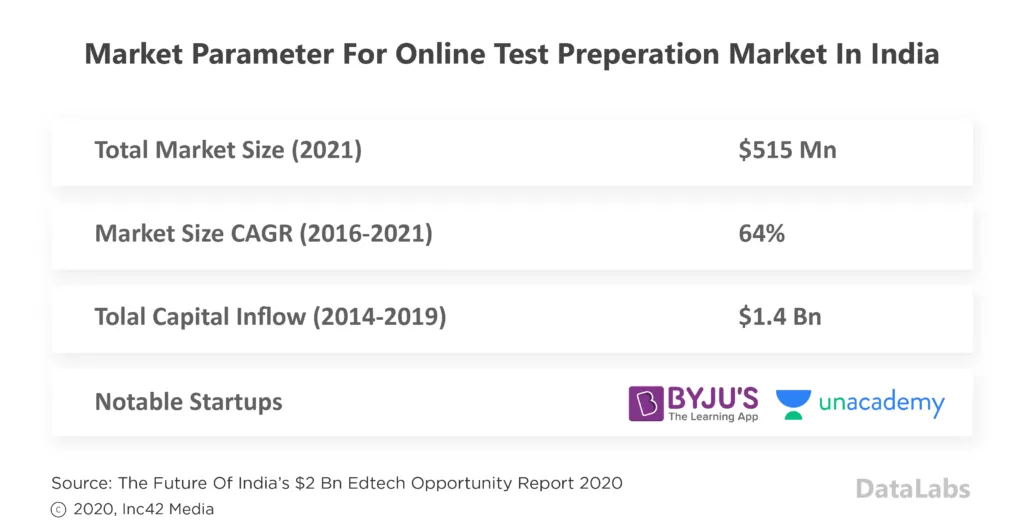
According to the data provided by Stones2Milestones (an organization that aims to address students' reading and learning levels across the country), the average reading capacity of a 4th-grade student is 12.5% which drops to just 3.9 % in 6th grade. Such a steep fall is also obvious in the IT sector, where the gap between trainable and employable students with new-age skills (like AI, Cloud Computing, etc.) stands at 7.8%.
Furthermore, university students often need help to adapt to the enormous digital facility installed in their colleges. This results in the incapacitation of the equipment, which in turn affects him and the institute's investment.
Apart from Skill India, the Indian Government has brought in several programs, SWAYAM (Study Webs of Active Learning for Young Aspiring Minds) and NDL (National Digital Library), and invested $6.2 million in this cause. Though the investment might look small, a plan is to revamp the digital content delivery by incorporating a more interactive structure.
KPMG maps the estimated market size for the online certification and the reskilling industry hitting $463 Mn(2021), accompanied by a compounded annual growth rate(CAGR) of 38% since 2016.
Rethinking how investing in your employee training can convert into higher turnover?
Hear it from LinkedIn: "94 percent of employees would stay with a company longer if there were an investment in learning."
Corporate experience suggests that the iGen, i.e., Generation Z workers want to grow. It has been found that almost a quarter of this workforce would only leave their current company if they see a scope to learn and develop.
The concept of the "Forgetting Curve" (given by Ebbinghaus) dents the company's intellectual assets heavily. The curve reveals that employed men tend to forget almost 90% of their training during 1-hour sessions. Thus, an easy-to-approach resource management system that helps and trains the employee anytime is required. Now you can see how training your employees can convert them into loyal and skilled workers. An excellent loyal employee base is one of the most important assets for any company wanting to preserve its legacy.
But the question is how to train.
Learning and working at an office or attending an expensive university program to gain the required skills will be challenging. Don't worry; technology also has a solution: E-Learning & Learning Management Systems.
Corporate Training in India is being shaped by the service-supportive industry only and is in its growth stage now. But, the low cost of investment and lack of entry barriers for incumbents has led to rapid fragmentation and, therefore, competition in this market.
Overall, we can categorize the Indian segment into three types based on the employee size being 0-200, 200-500, and 500+ employees. NIIT, Manipal Global Education, Centum Learning, Aptech Limited, Koenig Solutions, and CADD Centre for Training are the major players.
With schools closed worldwide, several nations' enormous lockdown procedures might have made academia obsolete. Not giving up on this fight, the colleges smartly adopted digital media to deliver their lecture and notes through the World Wide Web.
Interactive teaching sessions are being carried out on popular platforms like Zoom, Tencent, Google Classroom, and Cisco Webex, among many other mediums. Besides lectures, the teachers can share crucial course-related content from online education organizations like Coursera.
These organizations have made some courses accessible to students during this lockdown. Eyeing the lucrative conversion of many of these free access users into actually purchasing their systems, investments are pouring in from all directions into these startups and companies.
Zishaan Hayath, chief executive officer and co-founder of Toppr, told ETBrandEquity.com that There had been a 50% growth in subscribers of Live Classes month on month, along with a 30% growth in traffic.
In this way, these companies are saving on the acquisition cost as new individuals are joining without any advertisements or campaigns. Abhay Gupta, the co-founder of Board Infinity, said, "We have seen a 10%-20% reduction in our acquisition cost, owing to the increasing demand for content on our platform".
To learn more about how technology is helping during the COVID-19 pandemic, read our article on Can the IT-Industry Solve this COVID-19 Trauma?
While digital learning startups compete for one-learning platforms, a more modular technology is developing that, in the long run, may outrun even the million dollar e-learning industry too.
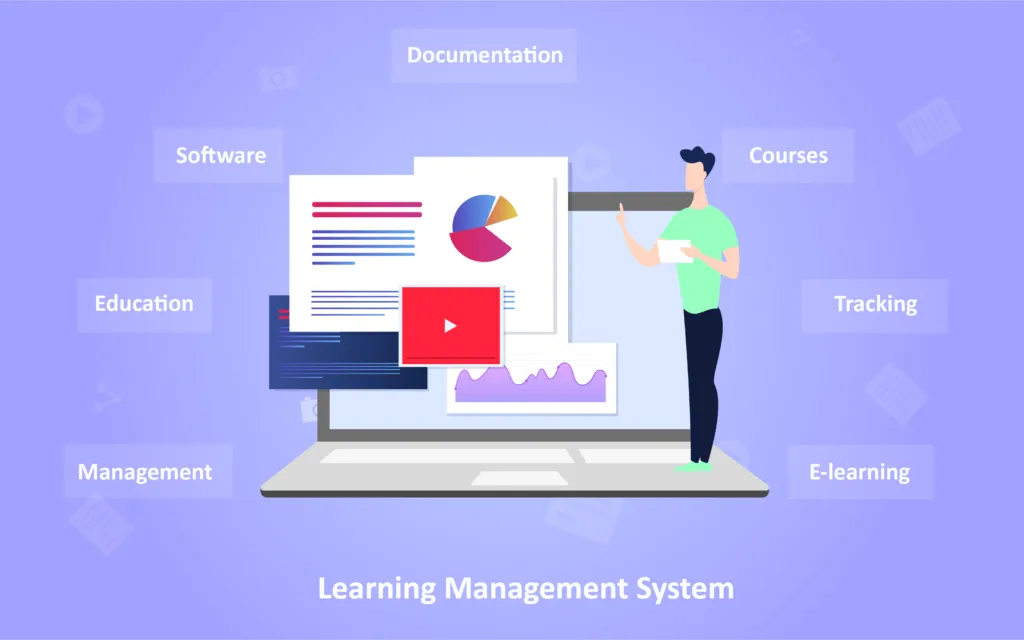
While most of the internet fraternity is familiar with the term e-learning, LMS is a growing technology taking the digital education industry one notch ahead. The system involves a full-length management system that analyses Teaching content, its delivery, the user's grasp, and their progress and even detects any gaps in learning.
Software like TalentMS lets you combine support for multiple file types and multimedia—presentations, videos, iFrame, SCORM, etc. Software Advice, a Gartner Company, in a survey of 200 LMS-using organizations, including schools, institutions, and corporate industries, came with the result that a majority of those surveyed found that these systems are worth a significant investment. However, nearly most of them (89 percent) saw their LMS's benefits on the overall training cost. An even better 92 percent said employee retention improved after implementation.
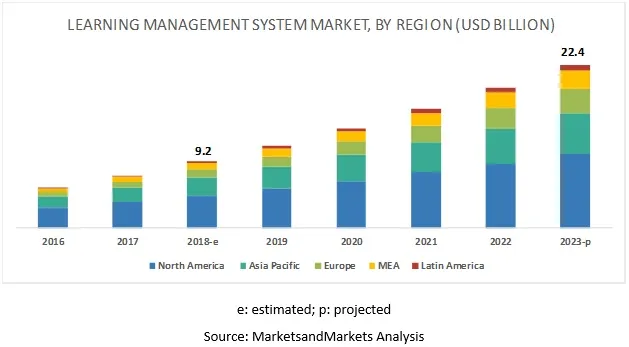
The analysis above shows that the North American region holds a significant part of the market. This is due to the ready availability of technology has helped in the smooth acceptance of such digital disruptions. While Asia-Pacific is catching up with an enormous learning population transition from conventional to digital teaching methods, its dependence on the service industry is solely responsible for the sluggish growth.
So, the software deploys intelligent ways to detect anomalies often overlooked during classroom sessions. Apart from being easy to deploy and cost-effective, the main advantage is that students can customize their progress with national or global standards and objectives using several parameters.
The leading LMS-providing companies are Adobe Systems, Blackboard Inc., Syprep, Docebo, Pearson, Corner OnDemand, and many more. Most of these corporations catered to traditional textbook education delivery earlier, but with technology invasions, they have rightly adopted more intelligent learning software.
This data-driven AI-powered software has been the latest innovative system for some time. They have integrated all digital transformations from automatically preparing questions from existing question banks to slight marking. They have further incorporated Gamification and VR technologies like Virtual Labs into a single frame called Learning Management systems.

One of the primary concerns regarding poor productivity across different sectors are due to inconsistent training delivery. Not all employees have been equipped with the same learning process, curriculum, and opportunities; hence, irregularities in skills are bound to affect your company negatively. Also, the scalability of such enormous resources becomes a matter of concern when faced with vast data, channels, and employees. Hence, any delay in delivering to the intended audience and keeping security intact is a big concern.
This is where companies can take advantage of internet connectivity. You can upload all the required materials on the cloud-based LMS, which can then be accessed by an employee sitting in London or Delhi. So, the risk of inconsistent training ROI can be eliminated through this innovation.
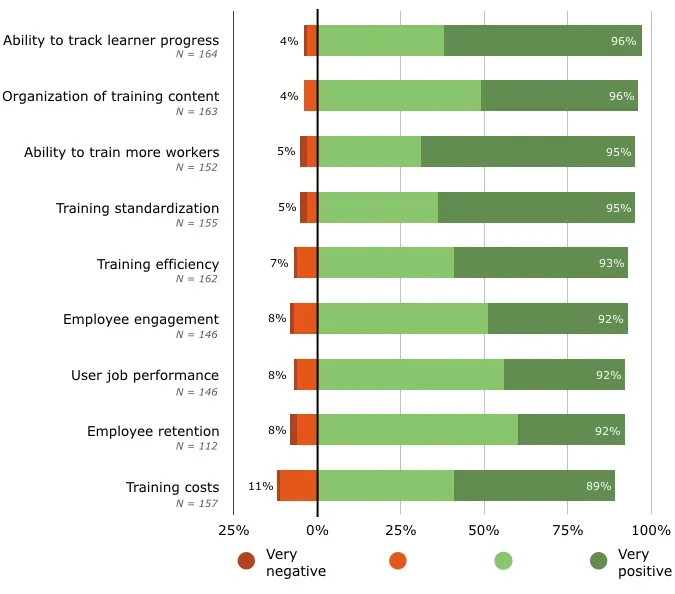
Regarding the security concern, Vivek Kundra, Executive VP at Salesforce.com, says: "On any day, cloud computing is far more secure than traditional computing systems because companies like Google and Amazon can attract, retain, and retain cyber-security personnel of a higher quality than many governmental agencies."
One more thing: not only are you cutting costs on expensive university programs, but also enhancing your productivity as the employee continues to work during training.
Now that we have come to the end of the blog let's remind ourselves of some highlight worth having noted:
The online learning method is best suited for everyone in this era. If you are also looking for an E-Solution for your School or Institution, don't hesitate to get a free consultation from our top minds at Quokka Labs. We have the requisite experience in developing Online Learning & Course Management Systems that allow Teachers to create course structures and enroll students in the same. More Features Include:
Do you need a demo? You can always reach out to us +91-9501620330 or send an email to letstalk@quokkalabs.com
What Is an API? A Developer's Guide to Application Integration in 2025
By Dhruv Joshi
5 min read
What Is a Push Notification and Why It Matters for Your App Strategy
By Dhruv Joshi
5 min read
Top React Native Development Companies to Build Scalable Apps
By Dhruv Joshi
5 min read
How Wearable Technology Is Driving Real-Time Data Experiences in Mobile Apps
By Sannidhya Sharma
5 min read

Company news


6 min
Embarking on a startup journey is a thrill, but the financial rollercoaster? Not so much. Dive into how Quokka Labs, the tech wizards, are flipping the script! From budget-friendly hacks to cutting-edge magic, they're the startup sidekick you didn't know you needed. Discover the secret sauce that turns financial hurdles into stepping stones with QuokkaLabs by your side. Ready to slay the startup game without breaking the bank? Let's roll!"


Company news


3 min
The engineering spectrum is every bit technical and how brilliantly you can produce the desired output at work. However, while most engineers think that it's okay not to talk much and create an impact with their skills. But they may not realize that Written communication cannot be completely off the table!


Company news


7 min
In today's globalized world, remote teams have become an integral part of modern organizations. However, managing remote teams can be challenging for team leaders. In this blog, we explore the different ways to build a strong remote team and manage it effectively.
Feeling lost!! Book a slot and get answers to all your industry-relevant doubts